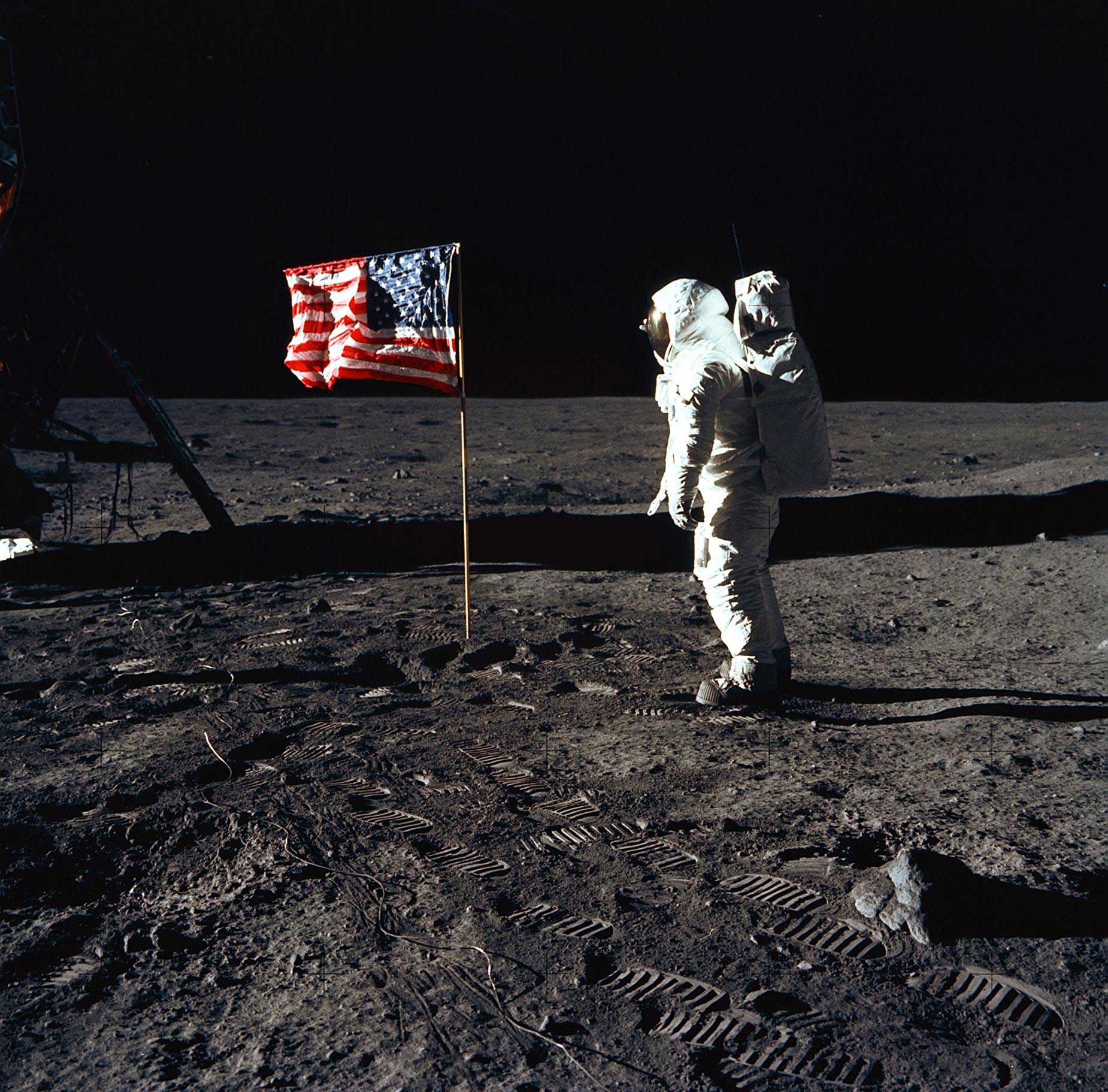
Joe Rosenthal’s photograph, shot on Feb. 23, 1945, has become a symbol: As U.S. Marines of the 28th Regiment, 5th Division, raised the American flag atop Mount Suribachi at Iwo Jima, the Associated Press photographer was at the ready, capturing the moment that would come to define America’s victorious stand in World War II.
The image has since entered the subconscious of millions of Americans — as TIME reported in 1945, it was already “easily the most widely printed photograph of World War II,” — and its iconic status has spawned countless homages, most famously at Ground Zero in the hours following the 9/11 attacks.
But the power of Rosenthal’s photograph also resides in its viewers’ unwavering reverence for the Star-Spangled Banner, whose use is regulated by the United States Flag Code — for example, the flag should never be displayed with the union down, the flag should never be used to cover a ceiling and it should never touch ground. And Rosenthal’s photograph is not the only picture of the flag to have achieved iconic status, starting with Neil Armstrong’s photograph of his colleague, Buzz Aldrin, standing next to the American banner on the Moon.
From Gordon Parks’ celebrated American Gothic image, which exposed the reality of racism in America, to Mitch Epstein’s captivating photograph of a dry-cleaned flag, TIME LightBox celebrates America’s Independence Day with some of the most iconic and original images of the American flag.
Olivier Laurent is the editor of TIME LightBox. Follow him on Twitter and Instagram @olivierclaurent
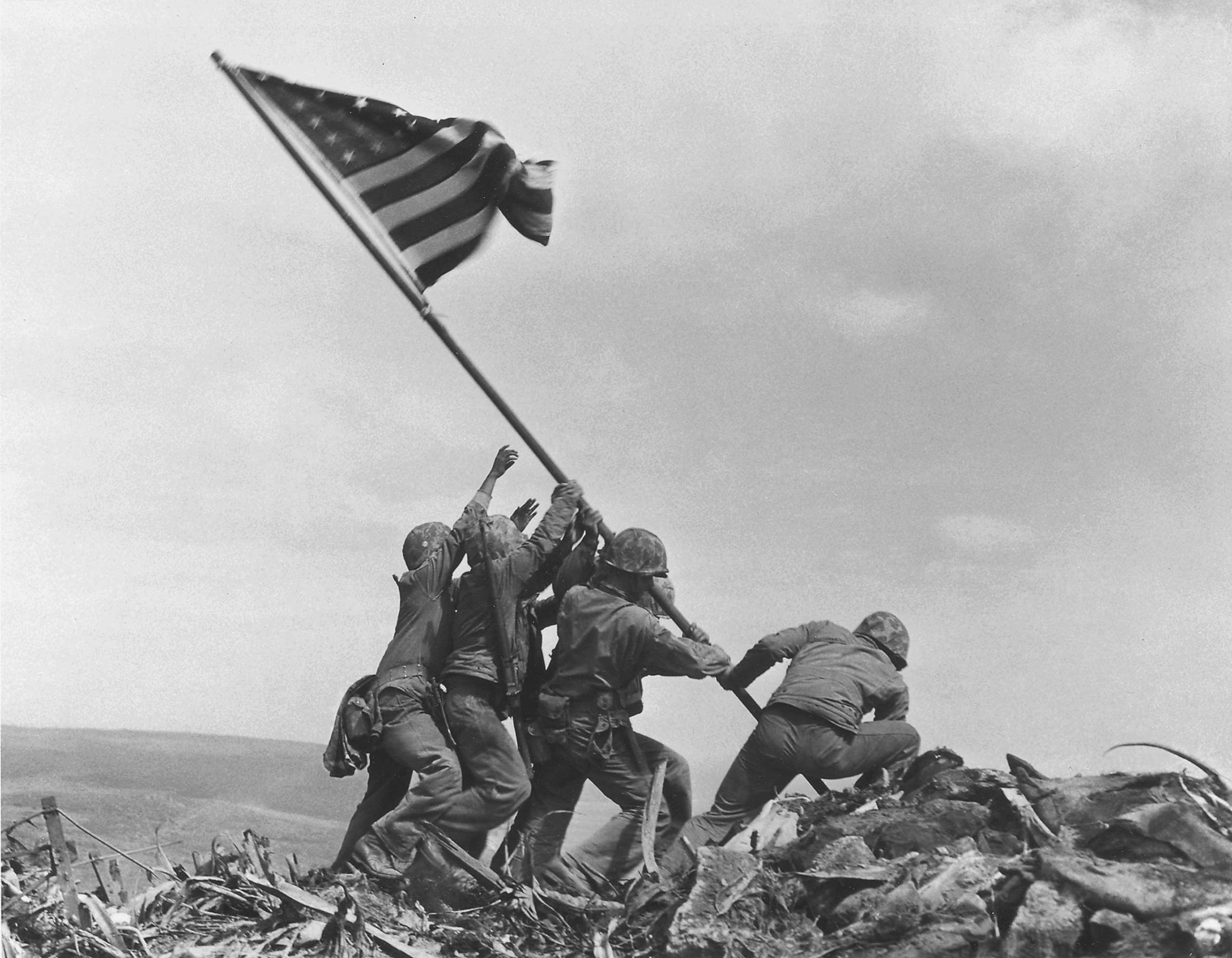






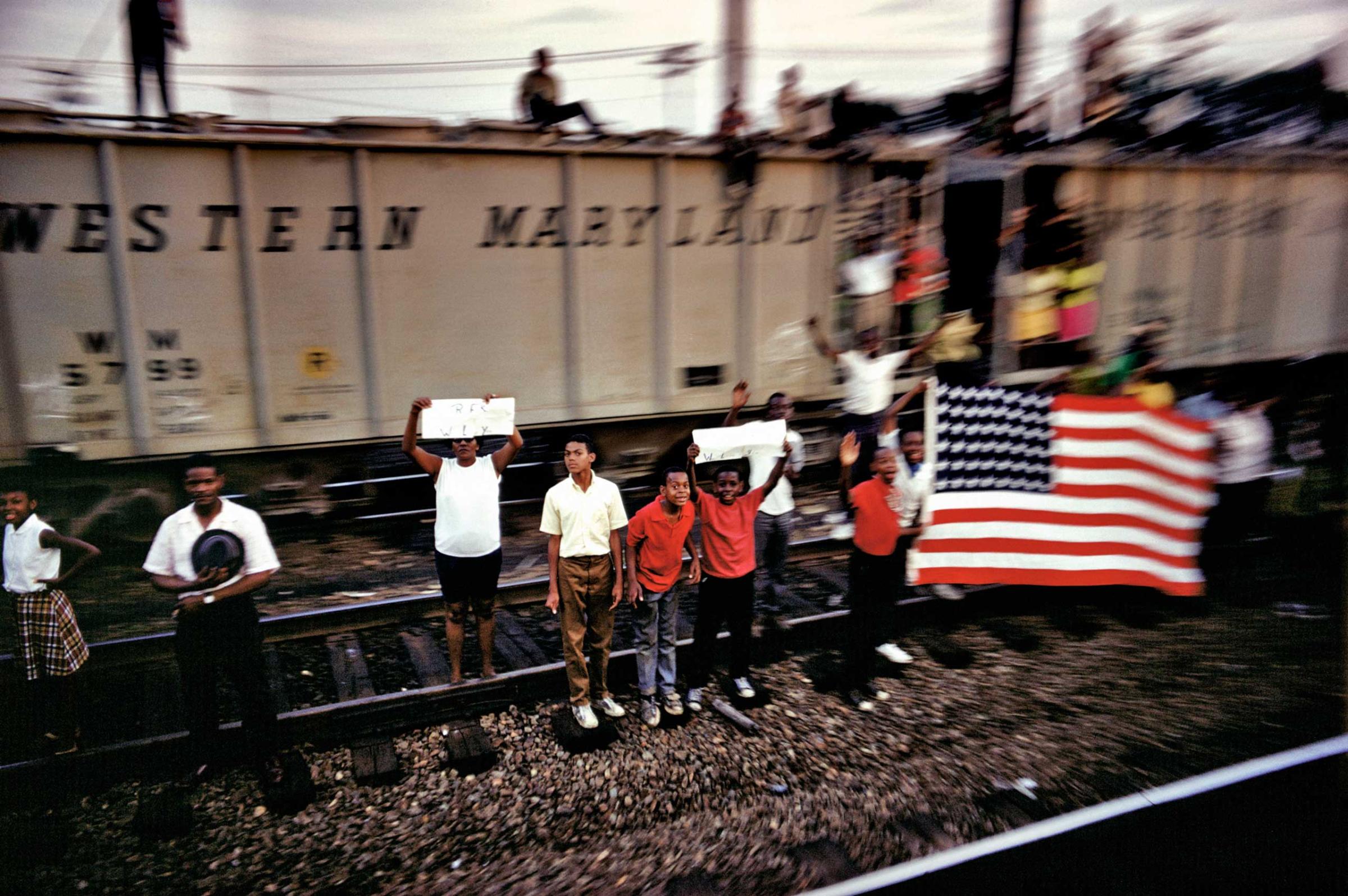
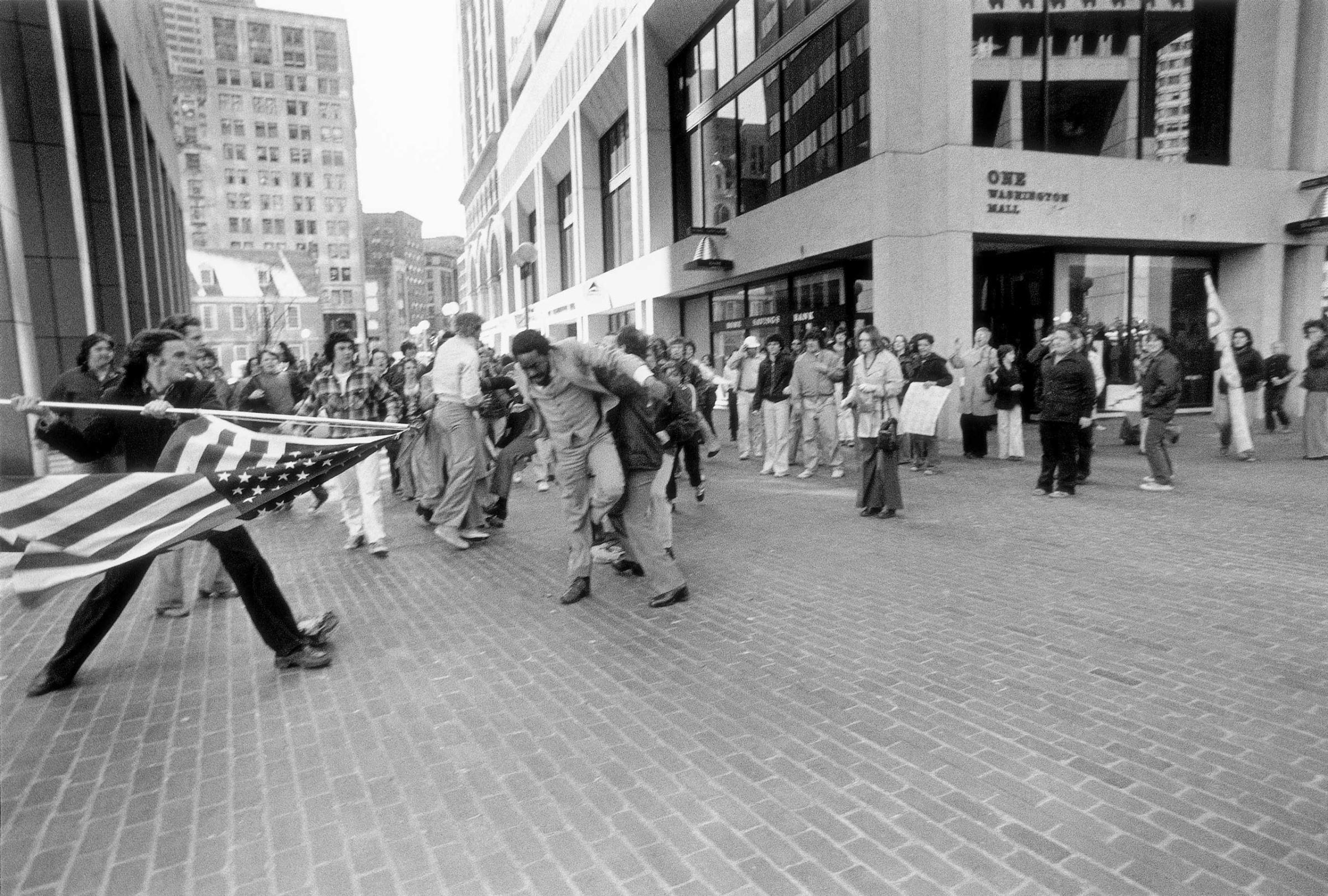
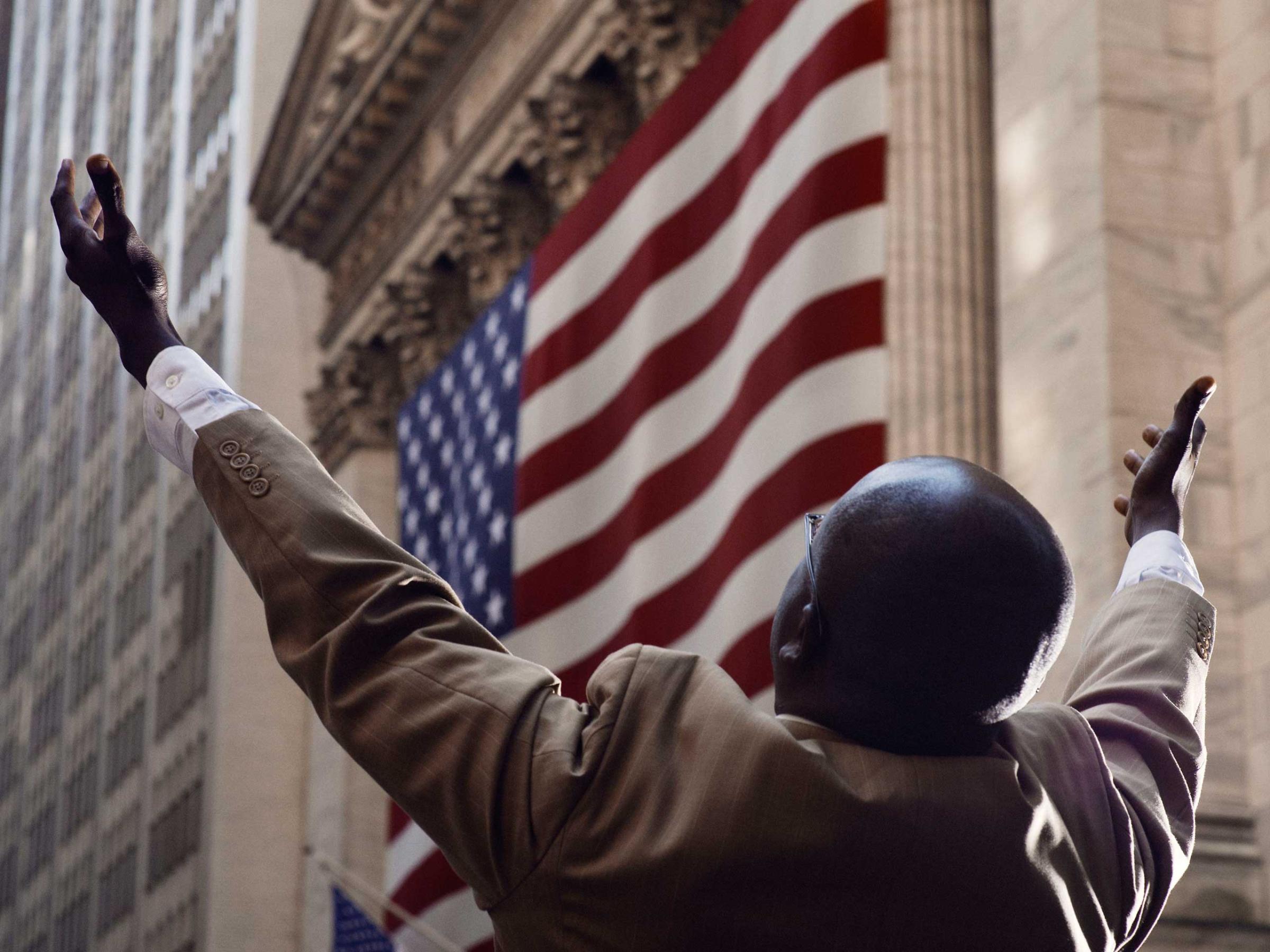
More Must-Reads from TIME
- Cybersecurity Experts Are Sounding the Alarm on DOGE
- Meet the 2025 Women of the Year
- The Harsh Truth About Disability Inclusion
- Why Do More Young Adults Have Cancer?
- Colman Domingo Leads With Radical Love
- How to Get Better at Doing Things Alone
- Michelle Zauner Stares Down the Darkness
Contact us at letters@time.com